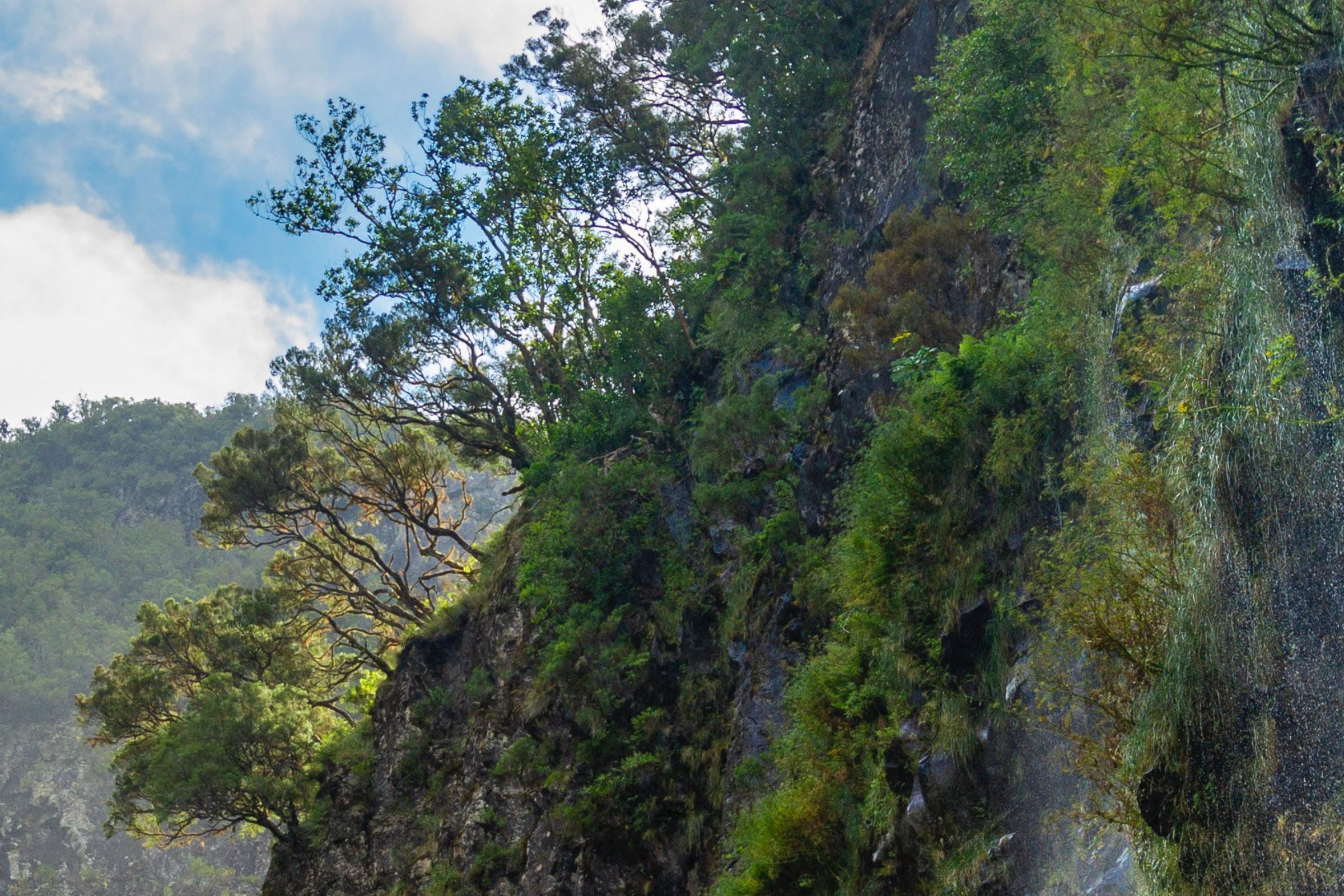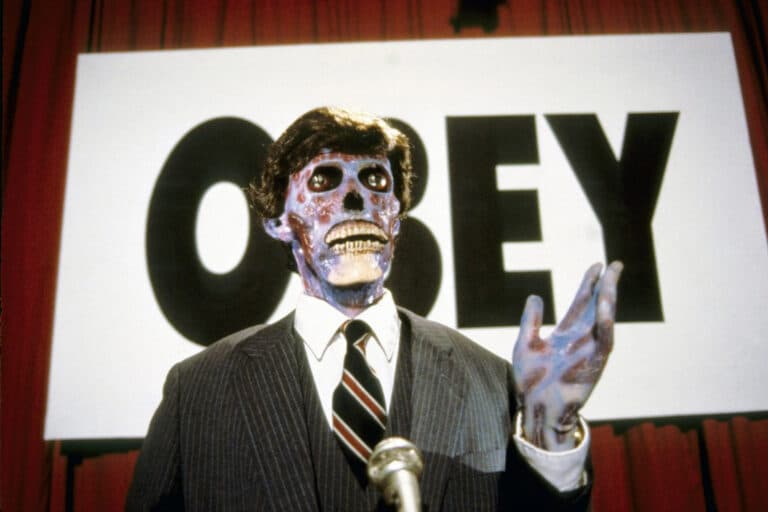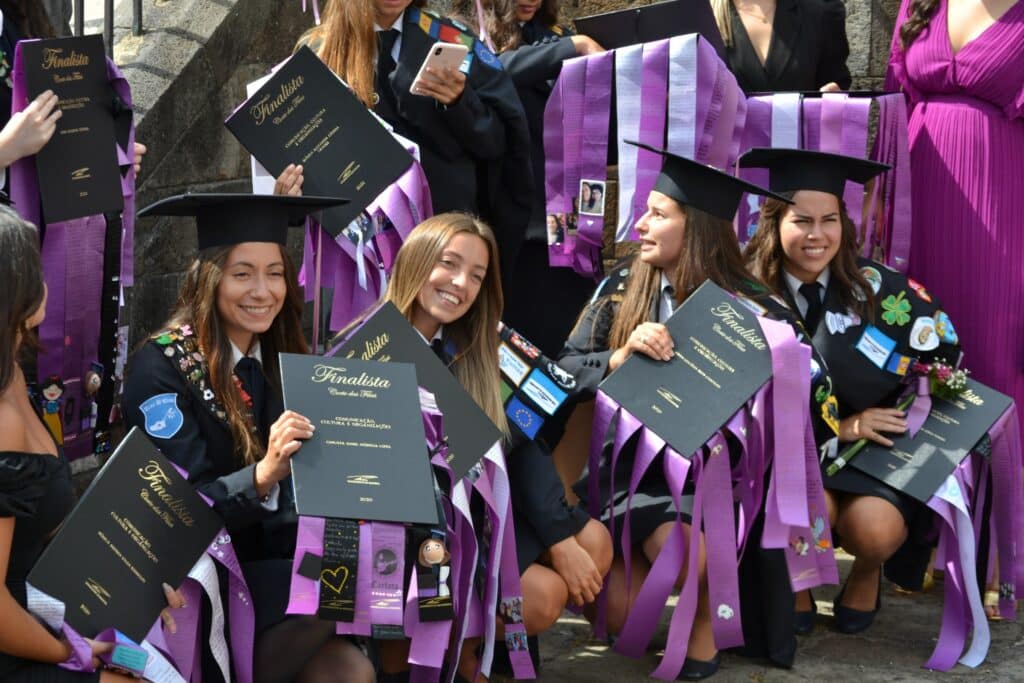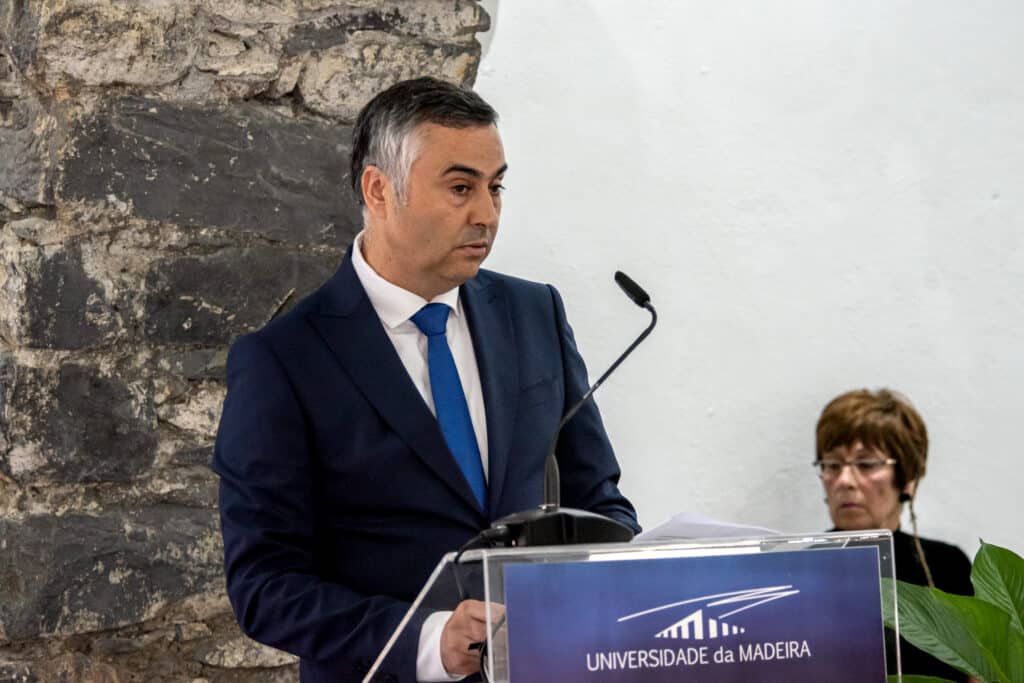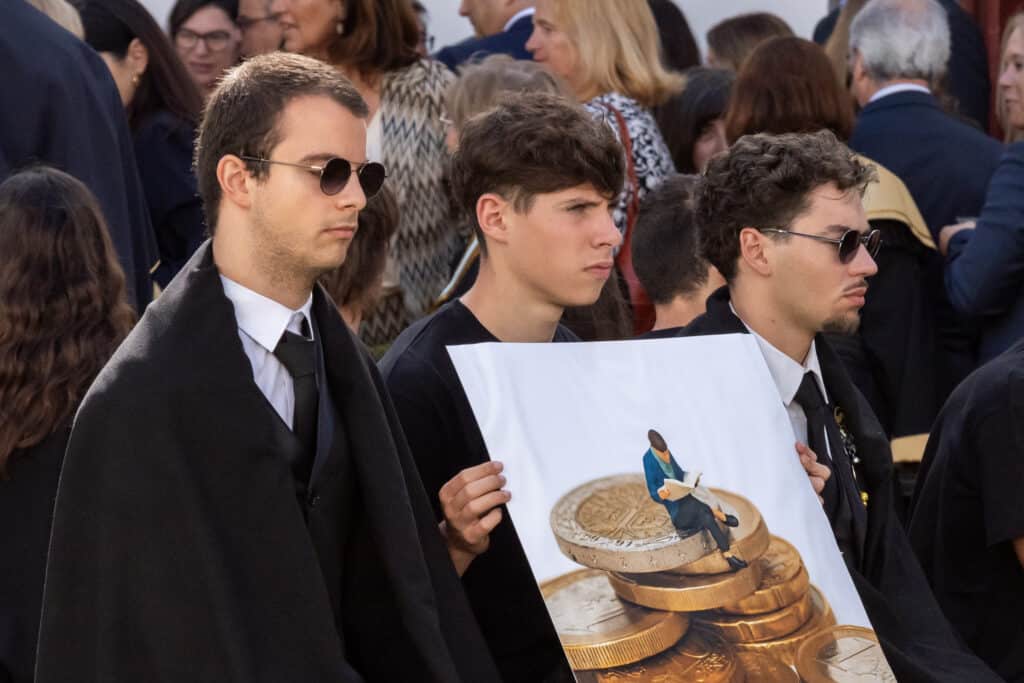I remembered the images displayed in a web browser depicting an incredibly blue ocean with evergreen mountains. I would never think that with each passing day spent in this little paradise, I would discover more and more traces left by my great compatriots.
We had already started. The pleasant moment when the plane is gaining speed just for a short while to soar in the air. Suddenly It forced me to think again about my destination. Madera, a tiny island located in the Atlantic Ocean, nearly a thousand kilometres from Lisbon. I already had experienced life in Portugal but staying here would prove to be something new. I had read, basic information about the oversea Portuguese region, it’s true, but in reality, I was not sure what I could expect. I remembered the images displayed in a web browser depicting an incredibly blue ocean with evergreen mountains. I would never think that with each passing day spent in this little paradise, I would discover more and more traces left by my great compatriots.
One of the first surprises that happened to me during long walks around the capital of Madeira, Funchal, was an accidental encounter with a bust of Jozef Pilsudski. He was a Leader in the revolutions, in wars, a political leader who, which in search of the sun, missing in the dark and cold Poland, came to Madeira, a figure which the rays of the great war rushed into the arena of European politics- wrote the newspaper, Dario de Madeira. This important figure for Poles arrived at Madeira on the ship Angola on December 22, 1931. Co-founder of Polish independence, he settled in Quinta Bettencourt at Caminho do Pilar. According to sources, he made sure to rest and met with Madeira’s different personalities. One of them was the then governor of the island Jose Maria de Freitas. After almost 3 months stay, he returned to Poland.
On the same street as the mentioned bust we can find another place which commemorates another Pole, who visited Madeira. In comparison to Jozef Pilsudski, John Paul II, Karol Wojtyla, was a figure known almost worldwide. Elected Pope on October 16, 1978, he took place on more than 104 pilgrimages to different countries. One of his destinations was, of course, Madeira. The polish pope arrived on the island on May 12, 1931. After the official greeting in Funchal, Pope John Paul II went to the Stadium of Barreiros where the official mass with nine bishops and 95 priests took place. The statue of Pope John Paul II looks at visitors in the Cathedral of Funchal.
The last Polish trail present on the island is the figure of Wladyslaw of Varna. Unfortunately, we could not come across any form of commemoration of his stay because… no one really knows if took place at all. The Polish king was lost during a battle on November 10 at Varna in Bulgaria. Despite many clues, they never found his body. Legend says that no one managed to kill him and he in the guise of a monk went, with many adventures, to meet with Henry the Navigator, who then assigned him to live on the island. Known here as Henry of Germany lived in Madalena do Mar.
Damian Żurański
Students’ Union Polish Volunteer
Project financed by ERASMUS+.




